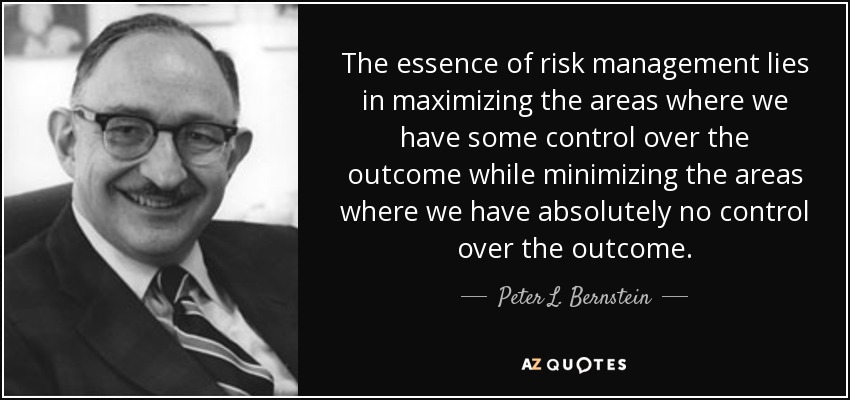
Planning a start-up in the SME space? That is indeed a great idea! If you work smart for an initial period of, say 18 to 30 months, there are fair chances that you will make a reasonable success of your venture.
When I say – work smart – I mean that you strictly adhere to the roadmap provided in your business plan document. Avoid the time and cost over-runs, and most importantly – let there be no changes in the project scope. Adhere to the project scope outlined in the business plan and do not make any changes – unless there are exceptionally important reasons to do so.
Apart from exercising time, cost, and scope control – you should also mobilize the best possible human, financial, informational, and physical resources for your business/project – the human resources being the most important. Identify and position competent people in your business/project team, take good care of them, and you are done – your people will now take care of your business.
There are certain other aspects too that will warrant your specific attention – these are creating an atmosphere of learning and growth within the organization, establishing world-class business processes, instituting proper customer care and support systems, creating suitable checks and balances, and MIS. Along with all this – adhering to well-known management and organizational practices (like unity of command, delegation principle, authority/responsibility relationships, teamwork, effective de-centralization, and others) will be the icing on the cake.
I am now making a few specific suggestions to insulate your small and medium business/project from financial risks. The suggestions given below are not to be looked at in isolation – these can be suitably blended with general business guidance given above – and the resultant knowledge can be deployed to insulate your business/project against all kinds of financial risks.
Avoid over-capitalization
The project must be adequately funded, and the entrepreneur should keep their external borrowings as low as possible till they can reasonably insulate their business against initial start-up risks. The risk of over-capitalization shows up even when we change the project scope unnecessarily as explained earlier.
Avoid the temptation to borrow more
There is a danger in borrowing more. This increases the interest burden on the enterprise. And the unnecessary interest burden may kill the project and/or jeopardize future profitability.
Have a balanced capital structure
The proper choice of the debt:equity ratio will help the entrepreneur understand that to what extent he/she can leverage financial resources for the growth of the enterprise. For a first-generation entrepreneur who is embarking upon a small business with his limited means (equity), it will be a good measure not to create a big asset base unless there are valid reasons to do so. Going slow and developing the business in small modules should be a good strategy for eventual success.

Cost-Benefit Analysis is vital
Once the project has been implemented and commercial operations have commenced – it will be of utmost necessity for the entrepreneur to undertake regular cost-benefit analyses before implementing any of the major operating decisions. The entrepreneur can resort to renting or lease options to start with and make a permanent investment in assets later. All decisions on advertising and interest costs must be questioned twice – these and similar other costs, wherever and whenever possible, must be contained/avoided.
Poor WC management can cripple operations
Many new projects fail during the operations phase for want of effective working capital and cash flow management. Regular internal monitoring of the Cash-Credit account must therefore be done in active consultation and collaboration with the lending bank. Levels of stocks/inventories, debtors and creditors should be effectively monitored to ensure good liquidity.
Cut unnecessary costs and expenditure
We must keep an eye on all avoidable expense items including promotion, advertising and interest costs. Salaries and wages once started cannot be discontinued. It will be, therefore, necessary to build the organizational team in stages. Unless and until the enterprise can afford a full-fledged salary and wages bill, one should try to manage with retainers, part-timers, and outsourcing options.
Working towards Profits
This will call for creating adequate value addition in operations to enhance financial surplus, profits, and wealth creation. Your products and services must conform to the needs and wants of customers and should be regularly modified based on customers’ feedback. Cost of creation/production of goods and services must be reduced through good shop floor management, effective supply chain, expenditure control, better efficiencies, and value engineering. We must build necessary distinctive competencies and consequently the competitive advantage to have an edge over competitors. Each activity in the value chain must be improved to create better “value add” and consequently the higher profit.
Leaving you with an insightful quote on risk management by Peter L. Bernstein who was American financial historian, economist and educator:

